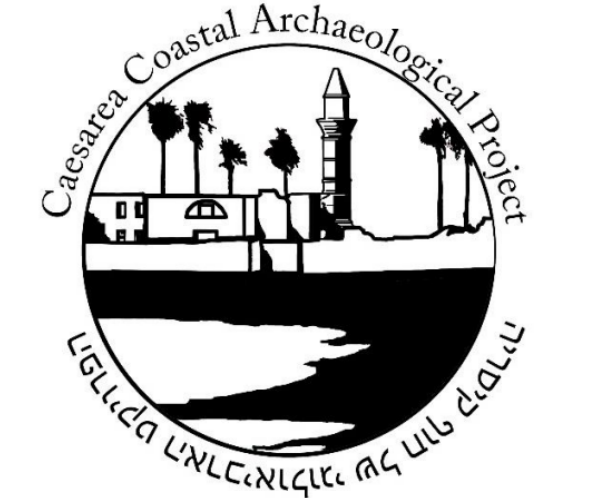caesarea
The Site
Located on the northern coast of modern-day Israel, Caesarea Maritima was once one of the most politically and culturally prominent classical and medieval cities in the Eastern Mediterranean. Originally founded as a Phoenician anchorage in the 4th century BCE, the site greatly expanded in size and influence during Roman occupation of the area in the early 1st century BCE. Herod the Great, then Jewish client-king of Roman Judea, later commissioned the construction of the now-famous, innovative artificial harbor and dedicated the city and port to the Roman Emperor Augustus. Influence remained through the Byzantine period, becoming an important locus for the rise of Christianity. Despite resistance to the Islamic conquest in 640 CE, its importance as a port and its Christian community did not diminish during the first century under Islamic rule, largely under the authority of the Umayyad caliphs. Indeed the first Umayyad caliph, Mu’awiya, previously lived in Caesarea as governor.
Transformations to the city in size and infrastructure began to occur following the 749 CE earthquake, which ushered in a tsunami event and damaged part of the city and its water supply. Caesarea continued, albeit changed during the later Early Islamic period (under the authority of the ‘Abbasids of Iraq, then the Fatimids of Egypt) into the Middle Islamic period (ca. 12th-13th centuries), when it was an important Crusader port for about 165 years before being abandoned during the Mamluk period.
Around 1880, Caesarea became part of the Ottoman Empire until the end of WWI when it was then under British Mandate control (1917-1948). During this time, the site became a settlement for an important refugee community of Bosnians, as well as local Muslim Arab, Jewish, and Christian families who lived nearby. The modern Jewish settlement, Kibbutz Sdot Yam, was established in 1940 and lies one kilometer south of the site. The modern town of Caesarea was established in 1952.
Today, the ruins within the walled portion of the ancient and medieval city are part of the Caesarea National Park. The site has been excavated by the Israeli Archaeological Authority (IAA) and a host of international projects, such as the Combined Caesarea Expeditions (CCE) and recently the Caesarea City and Port Exploration Project (CCPEP).
For more, see Caesarea-Maritima.org, a digital archive of ancient textual evidence and modern scholarship about the site.
Photos: Wikimedia Commons



